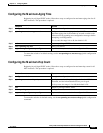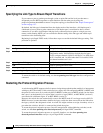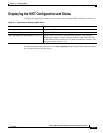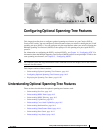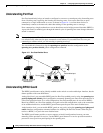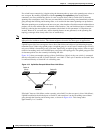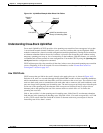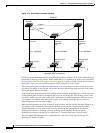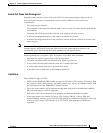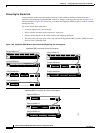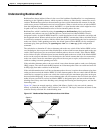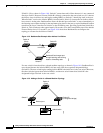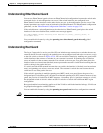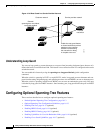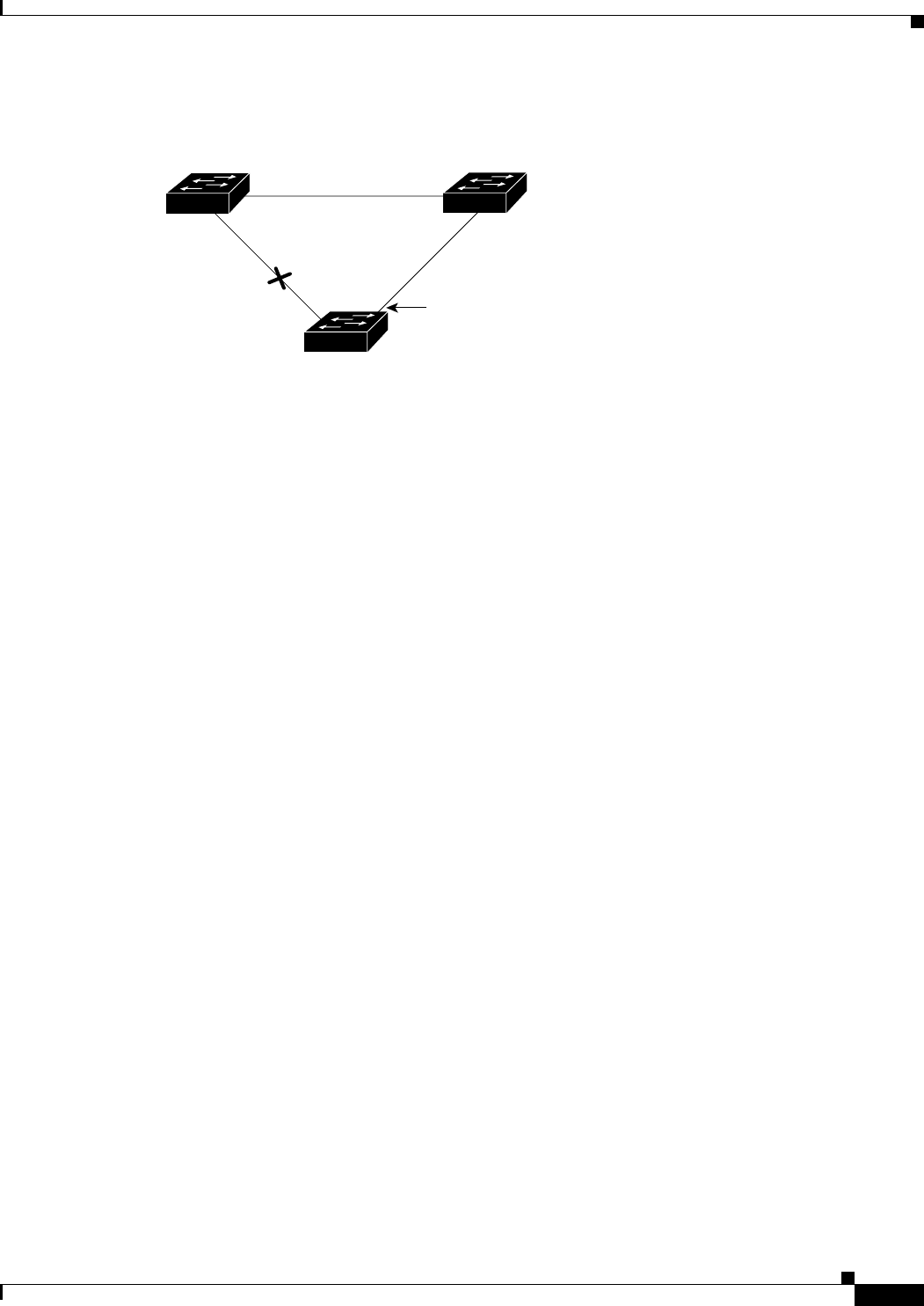
16-5
Catalyst 2950 and Catalyst 2955 Switch Software Configuration Guide
78-11380-10
Chapter 16 Configuring Optional Spanning-Tree Features
Understanding Optional Spanning-Tree Features
Figure 16-4 UplinkFast Example After Direct Link Failure
Understanding Cross-Stack UplinkFast
Cross-stack UplinkFast (CSUF) provides a fast spanning-tree transition (fast convergence in less than
1 second under normal network conditions) across a stack of switches that use the GigaStack GBIC
modules connected in a shared cascaded configuration (multidrop backbone). During the fast transition,
an alternate redundant link on the stack of switches is placed in the forwarding state without causing
temporary spanning-tree loops or loss of connectivity to the backbone. With this feature, you can have
a redundant and resilient network in some configurations. You enable CSUF by using the spanning-tree
stack-port interface configuration command.
CSUF might not provide a fast transition all the time; in these cases, the normal spanning-tree transition
occurs, completing in 30 to 40 seconds. For more information, see the “Events that Cause Fast
Convergence” section on page 16-7.
How CSUF Works
CSUF ensures that one link in the stack is elected as the path to the root. As shown in Figure 16-5,
Switches A, B, and C are cascaded through the GigaStack GBIC module to form a multidrop backbone,
which communicates control and data traffic across the switches at the access layer. The switches in the
stack use their stack ports to communicate with each other and to connect to the stack backbone; stack
ports are always in the spanning-tree forwarding state. The stack-root port on Switch A provides the path
to the root of the spanning tree; the alternate stack-root ports on Switches B and C can provide an
alternate path to the spanning-tree root if the current stack-root switch fails or if its link to the
spanning-tree root fails.
Link A, the root link, is in the spanning-tree forwarding state; Links B and C are alternate redundant
links that are in the spanning-tree blocking state. If Switch A fails, if its stack-root port fails, or if Link
A fails, CSUF selects either the Switch B or Switch C alternate stack-root port and puts it into the
forwarding state in less than 1 second.
L1
L2 L3
Switch C
Switch A
(Root)
Switch B
UplinkFast transitions port
directly to forwarding state.
Link failure
43576



